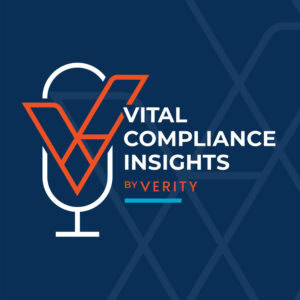The importance of robust compliance programs in healthcare facilities cannot be overstated, particularly for long-term care providers. The Office of Inspector General (OIG) has released comprehensive guidance focusing on several critical areas that healthcare organizations must address to ensure regulatory compliance and, more importantly, resident safety.
At the heart of any effective compliance program is a well-structured compliance committee. This group should consist of key stakeholders throughout the organization who are actively engaged in the compliance process. Contrary to common practice, these committees need not be composed exclusively of department heads. Instead, they should include individuals with a genuine interest in compliance who will take ownership of the program’s implementation. The committee’s primary function is to support—not supervise—the compliance officer, creating a collaborative environment where compliance initiatives can thrive. They analyze risks, implement initiatives, ensure policies are updated and accessible, and verify that internal controls are functioning properly. Their assessments help identify training needs and evaluate the effectiveness of the compliance work plan.
Communication channels between the compliance officer, committee, and board must remain open and transparent. The compliance officer should regularly report to the board about the committee’s effectiveness and resource needs. The OIG recommends quarterly committee meetings with agendas and minutes distributed in advance to maximize engagement. This structured approach ensures everyone understands their participation expectations and creates accountability for active involvement in compliance activities. Committee members’ performance should be evaluated based on their level of participation, emphasizing the importance of their role in maintaining compliance standards.
The COVID-19 pandemic tragically highlighted the consequences of inadequate compliance systems in long-term care facilities. The OIG’s 2024 publication on “Lessons Learned from the Pandemic in Nursing Homes” identified numerous system-level failures that resulted in adverse outcomes for residents. Facility lockdowns, while intended for protection, created environments where abuse and neglect increased due to lack of external monitoring. This sobering example underscores why thorough risk assessments are essential—they help organizations identify potential problems before they materialize into crises that harm residents.
The OIG recommends annual risk assessments that identify, analyze, and prioritize risks for an organized response. These assessments should be comprehensive, considering input from all organizational levels to catch potential issues that might otherwise be overlooked. The OIG guidance provides evidence-based tools following five risk management principles: identifying risks, determining their severity, prioritizing them, implementing appropriate responses, and developing monitoring systems for related risks. These structured frameworks help organizations tackle complex compliance challenges systematically rather than reactively.
For healthcare providers committed to compliance excellence, developing a comprehensive dashboard to monitor identified risks is invaluable. This oversight tool helps track progress in mitigating or avoiding risks, particularly those affecting resident safety and quality of care—which must always receive the highest priority. By maintaining vigilance through structured compliance processes and encouraging an organizational culture where concerns can be freely raised, long-term care facilities can better protect both their residents and their operations from compliance failures. The investment in robust compliance infrastructure ultimately serves the dual purpose of regulatory adherence and fulfillment of healthcare’s primary mission: providing safe, high-quality care to those who depend on these services.
